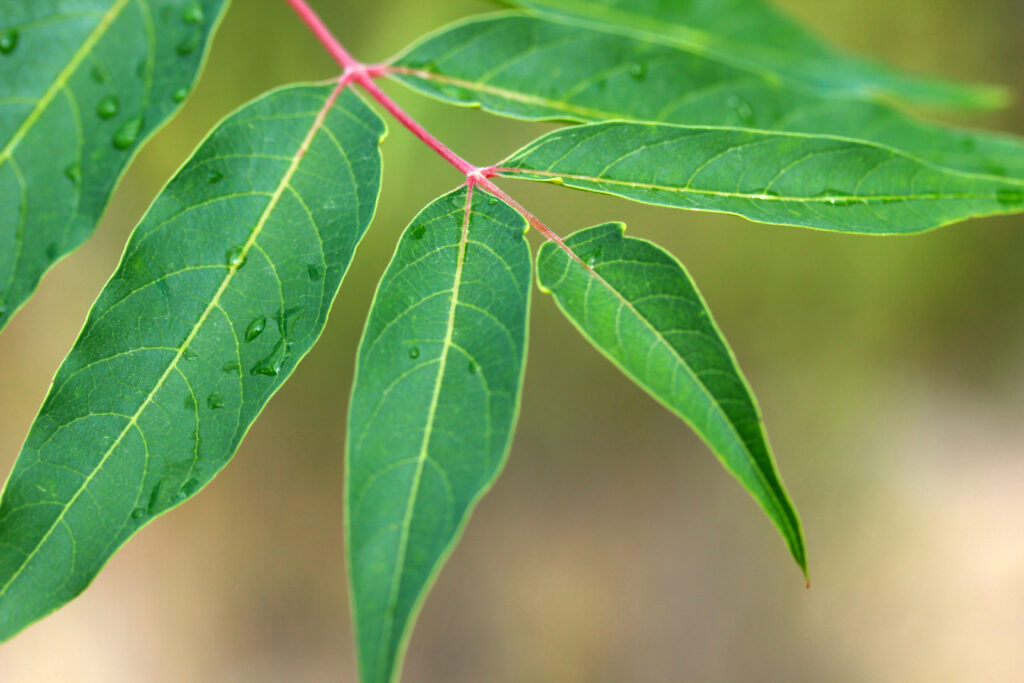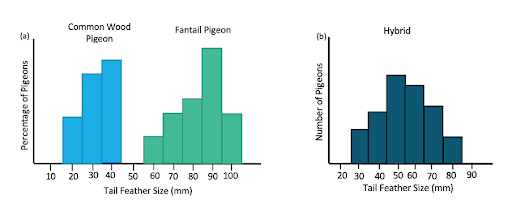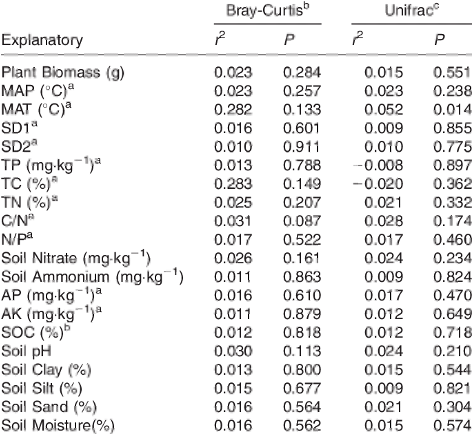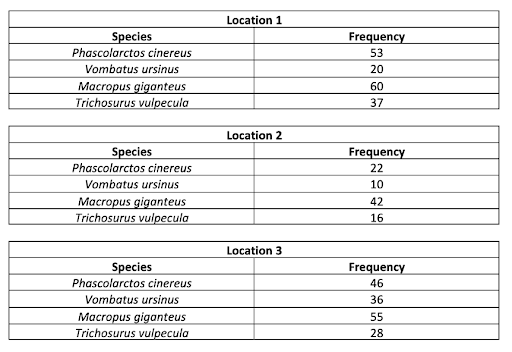On the hunt for some QCAA Unit 3 Biology practice questions to ace the IA1 Data Test? We’ve got you!
We’ve come up with 25 practice questions for the Unit 3 QCAA Biology Data Test so that you get a better idea of what you’re expected to do and how to answer the questions.
Not sure what to expect for your other IA1 assessments? Learn all about how to tackle your QCE IA1s.
You’ll be able to download the solutions to the questions once you’ve tried your hand at them, and see how you can improve.
Why you need a 9/10 on the Biology data test to score an ATAR above 90…
Now let’s get into the questions!
Data Set 1
A research group studied the tail feather characteristics of two breeds of pigeon (the Common Wood Pigeon and Fantail Pigeon) — as well as their hybrid. The following data was obtained:
Question 1
Distinguish between the measurements of tail feather size for the Common Wood Pigeons and Fantail Pigeons. (2 marks)
Question 2
You find a tail feather with a length of 40 mm. Based on the graphs above, can you be certain that it belongs to a Common Wood Pigeon? Justify your answer. (2 marks)
Question 3
Compare the results from the hybrid pigeons to those of the Common Wood Pigeons and Fantail Pigeons. (3 marks)
Data Set 2
The following table contains the biochemical data for 6 organisms.
Question 1
Based on the biochemical data above, determine which organism is most closely related to Organism A? Why? (2 marks)
Question 2
Which organism is related to Organism A the least? Why? (2 marks)
Data Set 3
A researcher is trialling two new medications to help those suffering with insomnia. The following results have been collected:
Question 1
Distinguish the results from the experimental conditions to those of the control condition. (4 marks)
Question 2
Generate a conclusion backed by results displayed in the graph. (2 marks)
Data Set 4
Based on the following table:
Table sourced from Xu Tianle et al.
Question 1
Identify the top 5 explanatory abiotic variables for Unifrac based on r² values. (1 mark)
Question 2
Determine 5 explanatory abiotic variables for Bray-Curtis with the least correlation based upon Pearson r values (P). (1 mark)
Data Set 5
Based on the data from the following table:
Question 1
Calculate the Simpson’s Diversity Index for this data. (2 marks)
Question 2
Determine the species richness. (1 mark)
Question 3
Determine the relative species abundance for Species C. (2 marks)
Data Set 6
Based on the data represented below:
Question 1
Identify the dominant species. (1 mark)
Question 2
Estimate percentage cover of that species. (2 marks)
Question 3
Using Specht’s classification system (shown in the table below), suggest a classification for this ecosystem. (1 mark)
Table sourced from P. Scarth et al.
Question 4
Suppose a bushfire results in the loss of all individuals in species D. Would this impact the classification of the ecosystem? Explain your answer. (2 marks)
Data Set 7
An Australian wildlife research organisation is attempting to gather some data about the abundance of marsupials after a catastrophic bushfire. They undertake surveys in 3 separate locations that have each been impacted by fires. At the first location, they set out to estimate the population of koala — Phascolarctos cinereus.
The first sample consisted of 44 koalas, each of which were tagged and released back into the wild. The researchers returned after a few days to collect the second sample which consisted of 20 koalas — 7 of which had been previously tagged.
Question 1
Use the Lincoln index to estimate the population size of koalas at this location. (2 marks)
Data Set 8
The following data was collected by the Australian wildlife research organisation:
Question 1
Calculate the SDI for each of the three locations. (6 marks)
Question 2
In which of the 3 locations, is a researcher likely to see the same species twice in a row? Why? (2 marks)
Question 3
Calculate the relative frequency of M. giganteus in each of the three locations. (6 marks)
Question 4
If you were to take a sample of 10 organisms from each of the locations, in which location do you have the greatest chance of seeing a V. ursinus in the sample? (3 marks)
Data Set 9
Image sourced from Population Education
Question 1
What type of curve has been used to model the population growth of Species 5? (1 mark)
Question 2
Based on the graph, what is the carrying capacity? (1 mark)
Data Set 10
A biologist was interested in understanding how the development of cities impacted the abundance of deer and raccoons. The following data was collected:
Question 1
Compare the samples taken of deer to those of racoon. (2 marks)
Question 2
Draw a conclusion based off of the data from the table and support it using the p-values. (2 marks)
QCAA Unit 3 Biology Data Test IA1 Practice Solutions
Download the solutions to the 25 practice questions above!
Want to see what marks you need to get to achieve your goal ATAR? Use our FREE Cohort Comparison tool today!
On the hunt for other QCAA Biology resources?
Check out some of our other practice questions and guides below:
The Ultimate Guide to Term 1 of Year 12: All the Key Resources You Need
- QCAA Biology: The Ultimate Guide to Achieving an A
- The Essential List of QCAA Biology Terms You Need to Know for Unit 3
- Download QCAA Biology Practice Exam for External Assessment Revision
- How to Ace Your External Assessment for QCAA Biology
- 4 Simple Steps You Can Follow to Ace Your Research Investigation for QCAA Biology
Stuck doing your official IA1 at the end of Year 11 – here are 5 Tips!
Are you looking for some extra help with the QCAA Unit 3 Biology Data Test IA1?
We have an incredible team of QLD tutors and mentors!
We can help you master the QCAA Biology syllabus and ace your upcoming Biology assessments with personalised lessons conducted one-on-one in your home or online!
We’ve supported over 8,000 students over the last 11 years, and on average our students score mark improvements of over 20%!
To find out more and get started with an inspirational QLD tutor and mentor, get in touch today or give us a ring on 1300 267 888!
Katelyn Smith was a pioneer in the Queensland ATAR system. After graduating in 2020 with an ATAR of 98.40, she now studies a Bachelor of Advanced Science (Honours) at The University of Queensland — majoring in Physics. Through her studies, she hopes to develop a greater appreciation for how the wonders of the universe work. When she isn’t slaving away behind her unnecessarily large textbooks, she enjoys catching up with friends, scrolling mindlessly through TikTok, and sleeping.













